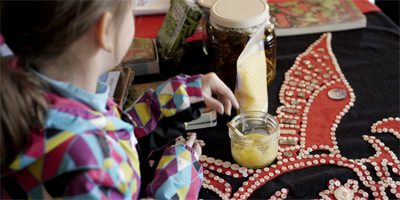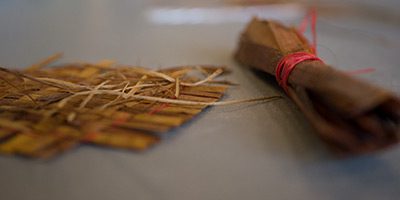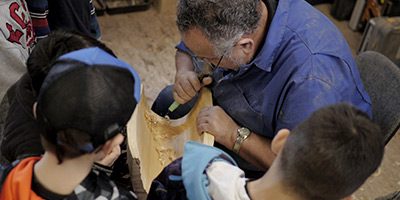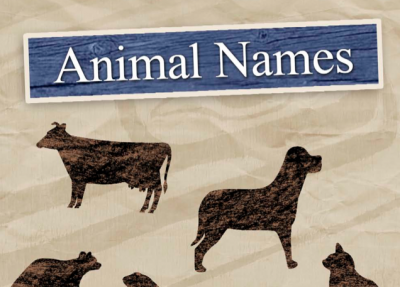– CASE STUDY –
FIRST NATIONS
Tremain Media is honoured to have worked with Nations, aboriginal health authorities, indigenous communities, indigenous family and community service societies and tribal councils.
We work in relationship-based collaboration to create media that remains true to the messages and aims of communities and organizations.



Some of the diverse projects we have had the honour of being a part of include:
- A language preservation project to capture Liq’wala, an endangered dialect of the Wei Wai Kum Nation.
- Video production workshops for Quatsino Nation to help them capture critical historical material from Elders.
- The video documentary story of the remediation of the Bralorne mercury mine on Takla territory which included two years of timelapse of the restoration site
- First language children’s books for six Vancouver Island nations
- A video tool that was the result of a conference highlighting lateral kindness
- A video for Holmalco Logging highlighting their territory, their operations and their focus as an Aboriginal owned company.
- A video for participating nations for a youth and elder conference for the Kwakiutl District Health
- A website for a beautiful gift store and gallery
The Story of Homalco Logging
Homalco Forestry runs a great logging operation and a great camp. They wanted people in their nation to know what forestry has to offer and attract more of their people into this industry. For some, this means working the same land their ancestors did.

The Story of Language Books
A first language holds traditions, culture, scientific and ecological knowledge – and so much more. The life of a language is critical to all Nations. We created first language books with a number of nations on Vancouver Island. Some of them included audio of an elder reading the book. Why create something so customized as this? The children that are pictured on the pages or helped draw illustrations are more invested in the book and the language learning – the books became their books. These children sure have grown since we produced these but hopefully their special books starring them still holds a place in their lives.
The Story of The Takla Lake First Nation
Tremain Media worked in partnership with the Province of BC and with the Takla Lake First Nation to capture the relationship and the results of a mutually acceptable approach to remediate the historic Bralorne-Takla mercury mine. The video project had to successfully balance the interests of Takla Nation and the Province. Through strong collaborative relationships, Tremain was able to create a video that successfully revealed a project that was critical to the health of the land and the people. Remediation of the site removed a significant quantity of mercury from the environment, protected future site users, and helped the Takla Lake First Nation to heal from the legacy of this mine.
“We can not know the full experience of someone else – but we can listen carefully and respectfully, we can hold room for that experience to unfold – and we can honour that story.”
Tremain Media is honoured to be able to assist Nations like Takla Nation in getting their message to those who may be unfamiliar with their story. In other cases, we work within the Nation, health authorities and other organizations within communities to create materials for internal use to educate and inform other community members.
Regardless of the audience, our goal at Tremain remains the same: to work in relationship-based collaboration with indigenous peoples to create media that remains true to the messages and aims of the community.
We do this through any number of media tools. Video and motion graphics can visually display oral histories and traditions, helping people to gain a better understanding of cultural practices. High-quality images can be used to promote tourism and business, or encourage investment in aboriginal initiatives. Creating and capturing media for specific projects also creates the beginning of a strong asset library. That library can be accessed over and over again to develop more tools for community, and in turn used to both create and develop pathways towards public understanding and reconciliation.

